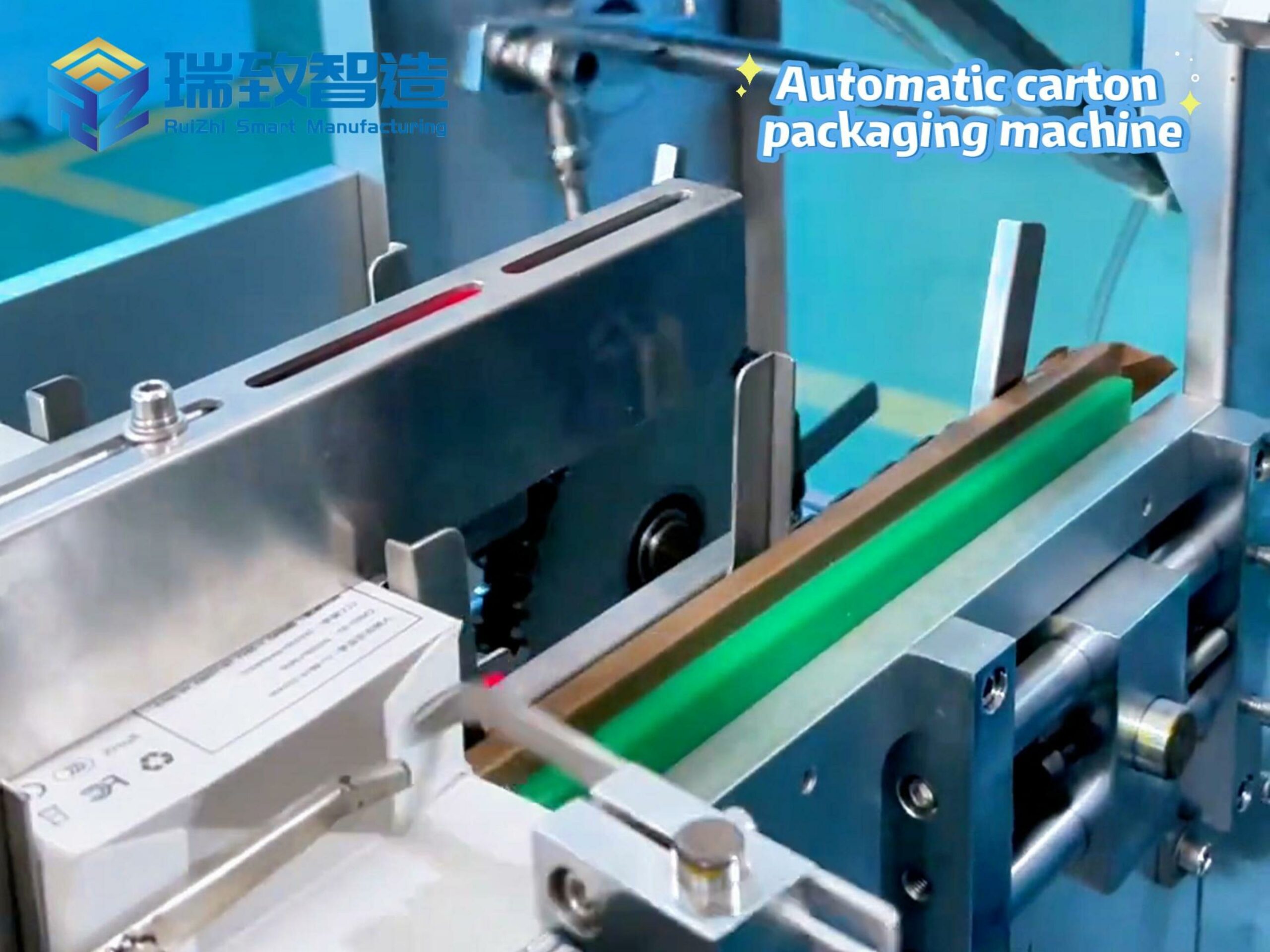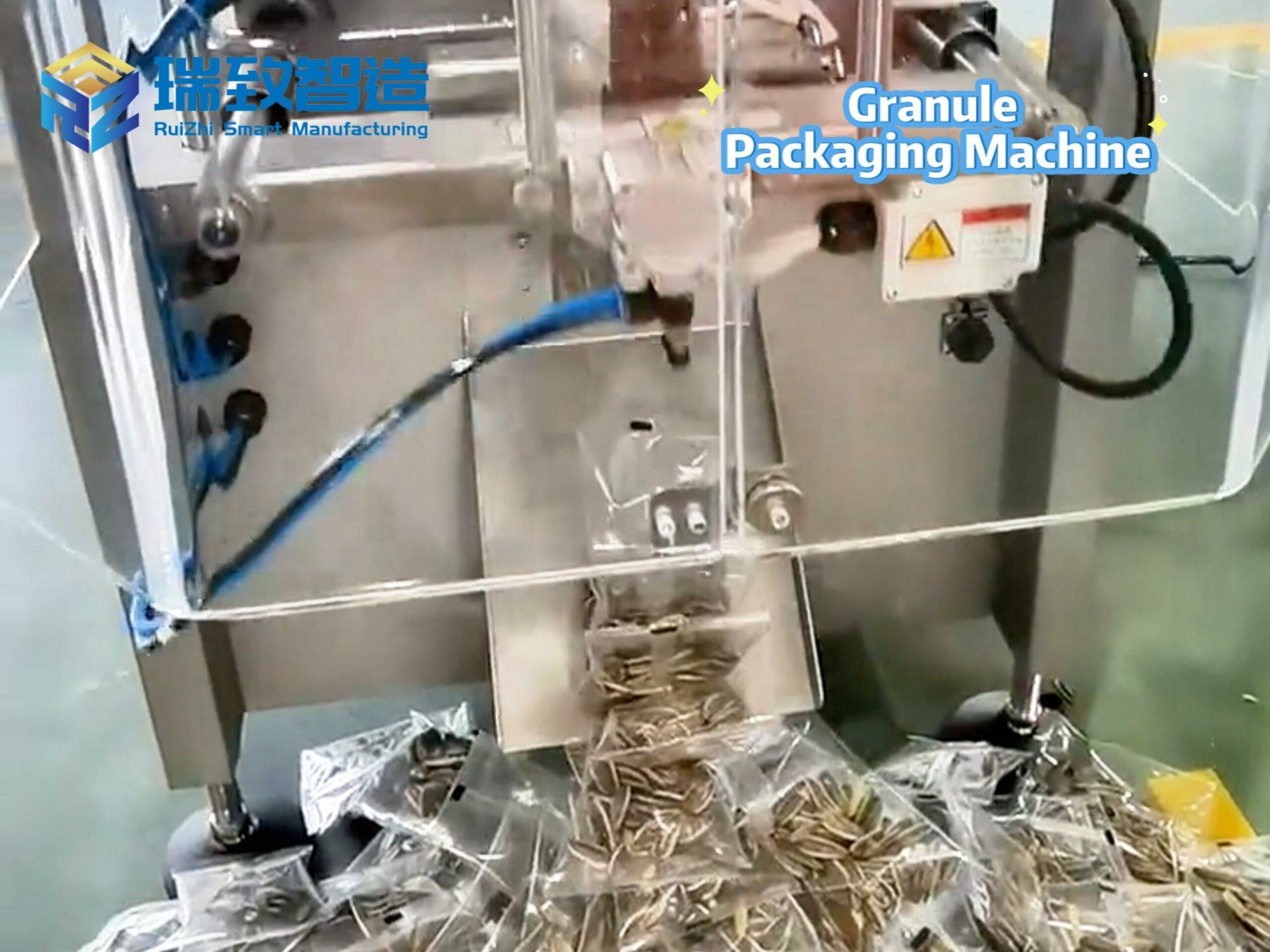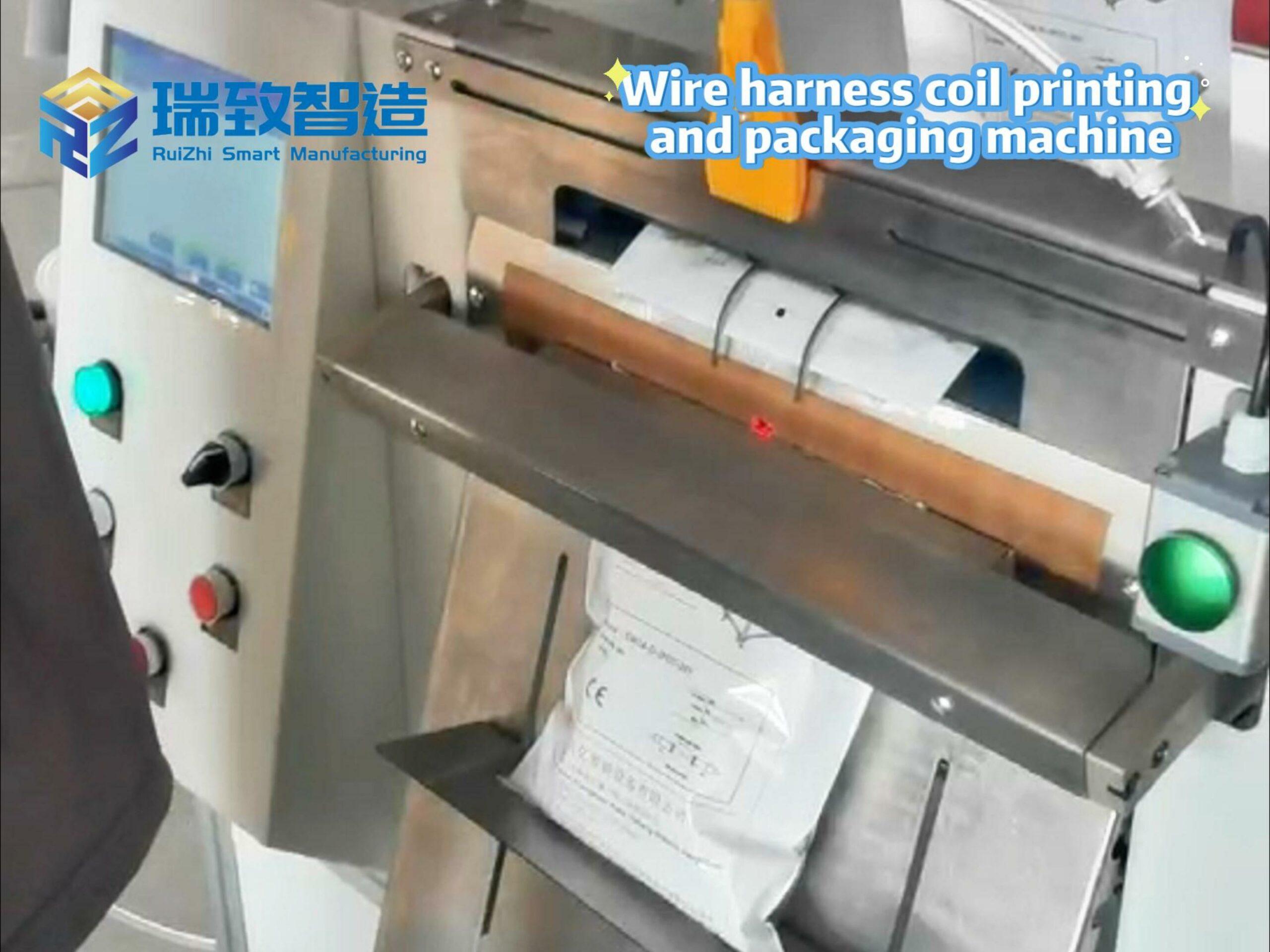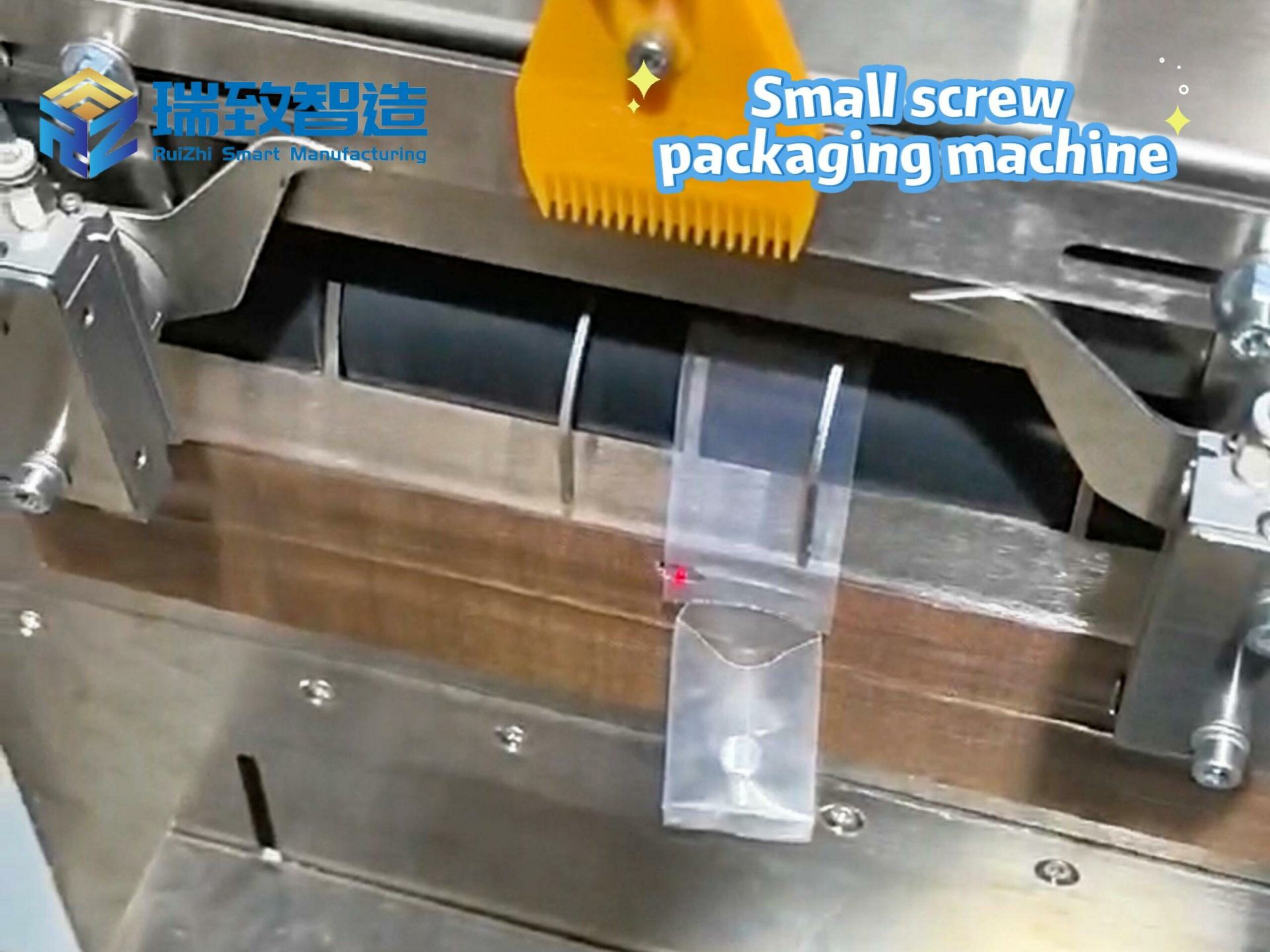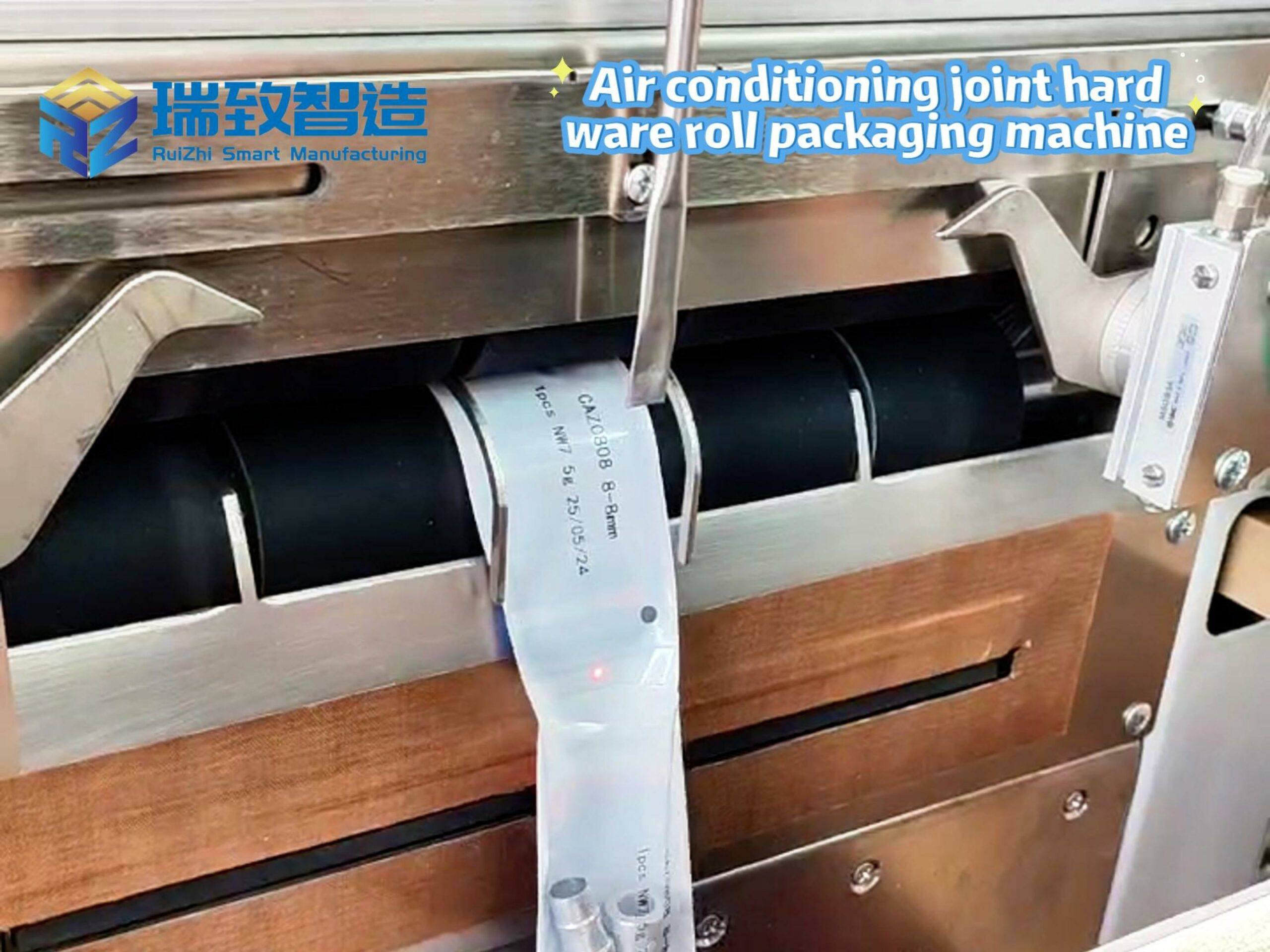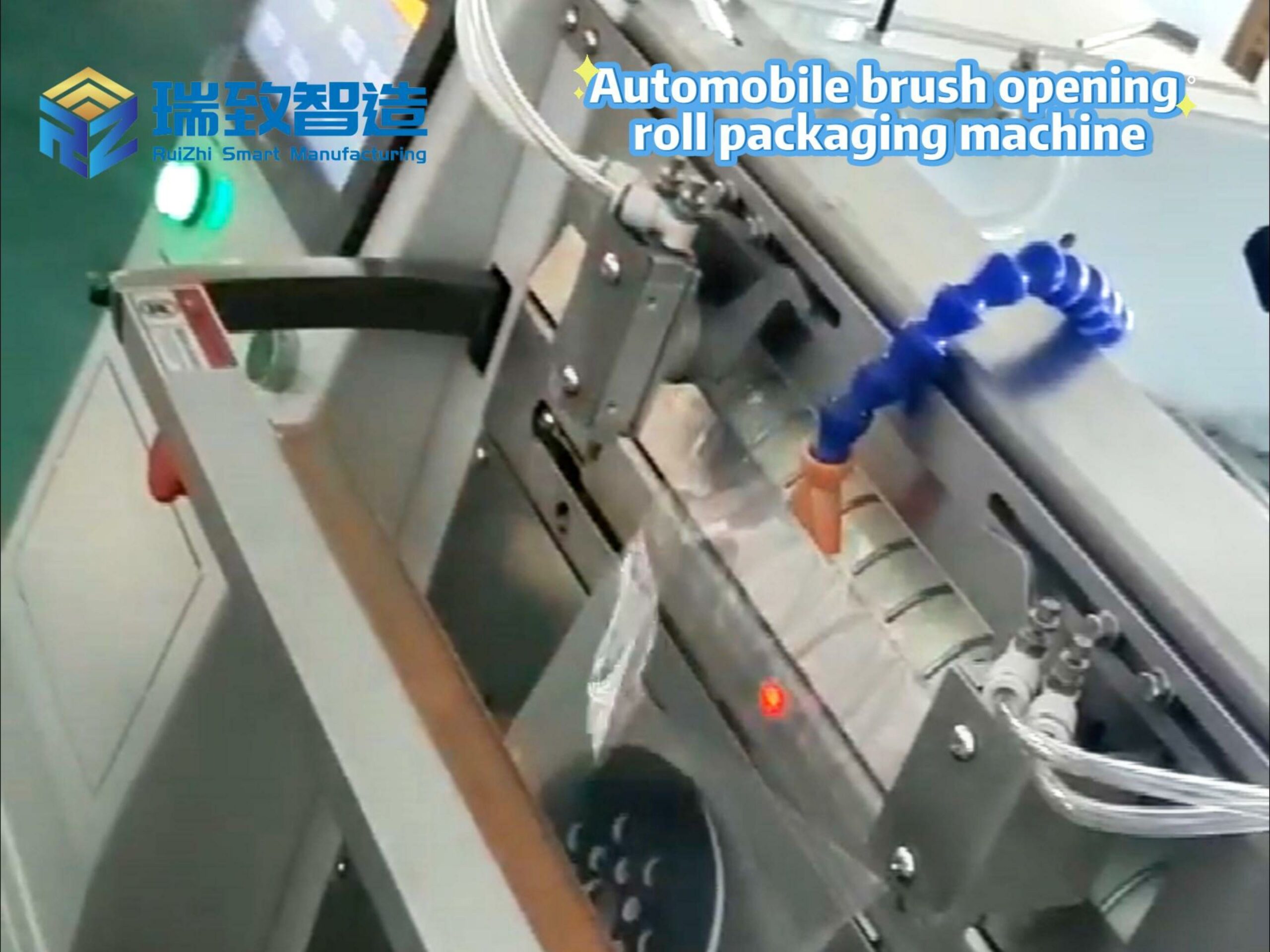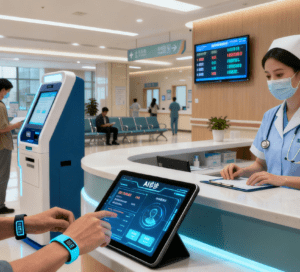
——An Intelligent Healthcare Operation Revolution from Perception to Decision-MakingIn the post-pandemic era, global healthcare systems generally face the structural dilemma of “high load and low efficiency”. Issues such as equipment shortages, understaffing, excessively long patient waiting times, and resource waste have become common challenges for medical institutions worldwide. A hospital is not only a place for saving lives but also a complex “city-level” system involving multi-dimensional collaboration of personnel, equipment, space, and data.With the integration of the Internet of Things (IoT) and the new generation of Agentic AI (Artificial Intelligence with autonomous capabilities), this complex system is being redefined. More and more hospitals are adopting intelligent operation models based on real-time data, enabling the healthcare system to gradually move from an “experience-driven” phase to a “data-driven” one, and even to a new stage of “autonomous optimization”.
From Data Silos to Global Perception: IoT Reshapes Hospital Infrastructure
The operation of traditional hospitals relies heavily on manual records and isolated information systems. Inpatient areas, equipment departments, logistics, and administrative departments often work independently, making it difficult to connect information across departments. The introduction of IoT technology has changed this pattern.
- Construction of a Comprehensive Perception Network
By deploying various types of sensor nodes in hospitals—such as Bluetooth Low Energy (BLE), Ultra-Wideband (UWB), Wi-Fi, or Radio-Frequency Identification (RFID)—full-coverage perception of personnel, equipment, and space is achieved. For instance, every medical device, every hospital bed, every nurse, and even every patient can be tracked in real time through sensor-equipped electronic tags or wristbands.This “digital twin-style” perception system transforms hospitals from static management to dynamic monitoring. A positioning network with an accuracy of up to 10 centimeters can clearly show the usage trajectory of equipment, the distribution of personnel, and the flow of patients, laying a foundation for subsequent data analysis and intelligent scheduling.
- Visualized Asset Management
In traditional management, it is difficult to accurately count the utilization rate of hospital equipment, often leading to “over-purchasing” or “equipment idleness”. Through an IoT system, not only can real-time monitoring of data such as the operation, movement, vibration, and temperature of each medical device (e.g., surgical monitors, anesthesia machines) be conducted, but it can also link the full-life-cycle information of the equipment’s critical components—such as fuses that ensure circuit safety. From tracing the production parameters of the Stroj na montáž poistiek (the specialized equipment for manufacturing fuses) to monitoring the current load and aging trend of fuses during device operation, hospitals can more precisely grasp the health status of core components, avoiding equipment downtime caused by critical component failure. Studies show that such intelligent asset management systems (integrating component-level traceability) can reduce equipment idleness by 20% to 30%, reduce redundant purchases, and extend equipment service life. This means a medium-sized hospital can save millions of yuan annually in equipment investment and maintenance costs.
Safety Linkage Between Medical Staff and Patients
Another key value of IoT technology in hospitals lies in safety assurance. For example, medical staff can wear identification cards with alarm functions; in case of sudden risks, they can trigger an alarm with one click and share real-time location information, allowing security personnel to respond promptly.For patients, in addition to positioning, intelligent wristbands can be connected to the hospital information system and synchronized with Electronic Health Records (EHRs), enabling identity verification, path tracking, and full-process recording of medical treatment. For patients requiring isolation or key monitoring, the system can also automatically identify boundary-crossing behavior and issue alarms to prevent medical risks.
The “Digital Twin” of Hospitals: A Leap from Visualization to Intelligence
If IoT is the “sensory system” of a hospital, then the data platform is its “brain”. Hospitals use IoT data to build their own digital twin models—a virtual space that maps the operational status of the real hospital in real time.
Dynamic Processes and Real-Time Feedback
The essence of hospital operation lies in hundreds of parallel processes—from patient admission, diagnosis, examination, and treatment to discharge. Each link relies on the collaboration of personnel, equipment, and space. However, these processes often involve “waiting” and “bottlenecks”: uncleaned wards, unreturned equipment, and delayed personnel scheduling can all cause delays.Through the digital twin system, hospitals can visualize each process in real time. For example, when a patient is waiting for a bed, the system automatically checks the cleaning status of available wards; if a room has not been disinfected, the system automatically generates a cleaning task order and assigns it to logistics staff, realizing proactive scheduling.This dynamic optimization mechanism is the starting point for the intervention of Agentic AI.
From KPI to AI-Driven Optimization
Traditional hospital management focuses on Key Performance Indicators (KPIs) and relies on manual analysis and adjustment. After introducing AI agents, the system can not only “observe data” but also “act”:
Resource Optimization Agents: Automatically identify underutilized equipment, propose redistribution suggestions, and improve overall utilization.
Maintenance and Cleaning Agents: Predict maintenance or cleaning tasks in advance based on equipment usage records and status (including the aging data of fuse components traced from Fuse Assembly Machine parameters), avoiding sudden failures.
Process Optimization Agents: Track interactions between patients, equipment, and personnel, identify process bottlenecks, and dynamically adjust task sequences.
The core of such AI agents lies in their agentic capability—they not only respond passively but also proactively generate tasks based on real-time data and historical patterns, achieving self-learning and continuous optimization.
Agentic AI: The Key to Enabling Hospitals to “Operate Autonomously”
The application of artificial intelligence in healthcare has expanded from image recognition and disease prediction to operational optimization. Agentic AI—”intelligent agents with autonomous behavioral capabilities”—is the core driving force behind this transformation.
- Data-Driven Autonomous Systems
In a smart hospital, each AI agent represents a specific functional module, such as an “Asset Management Agent”, “Patient Flow Agent”, or “Cleaning Scheduling Agent”. Through continuous learning and correlation analysis of IoT data (including component-level data like fuse production and operation), these agents achieve multi-level autonomy:
Self-Perception: Real-time acquisition of environmental and equipment status.
Self-Judgment: Identification of abnormalities and bottlenecks, and deduction of impacts.
Self-Decision-Making: Generation of action plans (e.g., task assignment, resource scheduling).
Self-Learning: Continuous optimization of strategies through result feedback.
This architecture means that the hospital’s management logic no longer relies on fixed processes but is dynamically maintained by a network of collaborative agents. As a result, the hospital’s operation gains “adaptability”.
- Real-Time Collaboration and Cross-Hospital Comparison
For group-based medical institutions, another significant value of Agentic AI lies in “horizontal collaboration”. Data from different hospitals can be compared and benchmarked under a unified model, revealing management differences and room for improvement.For example, the system can automatically compare the average duration of similar surgeries, equipment utilization rates, or bed turnover rates across different hospitals; when significant differences are found, AI traces the root causes—possibly process delays, equipment shortages, or even substandard fuse components (verifiable via Fuse Assembly Machine data)—and provides actionable recommendations.This enables medical groups to promote standardized and lean operations through real-time KPI monitoring and process benchmarking, just like manufacturing enterprises.
- “Augmented Intelligence” Centered on Human-Machine Collaboration
Despite the growing capabilities of AI, the final decision-making power in medical operations remains in the hands of professionals. AI agents provide real-time insights and decision support rather than replacing managers. Medical staff can revise AI recommendations based on their experience, and the system then learns from this feedback.This “human-machine co-governance” mechanism not only improves decision-making efficiency but also ensures medical safety and ethical compliance.
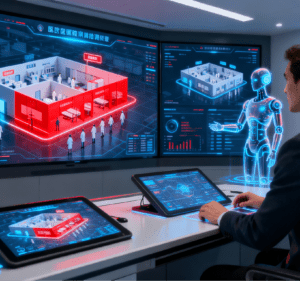
From Production Lines to Hospitals: The Cross-Border Migration of Industrial Intelligence
In the field of industrial manufacturing, concepts such as “lean production”, “just-in-time manufacturing”, and “adaptive supply chains” have long been mature. Today, the digital transformation of hospitals is drawing on these models.
- The “Production Line Mindset” for Hospitals
A hospital can be viewed as a complex production system: the input is patients, and the output is health outcomes. A patient’s treatment process consists of dozens of parallel tasks, involving coordination of testing, diagnosis, medication, equipment, and personnel.The introduction of Agentic AI enables hospitals to achieve real-time scheduling and resource optimization, similar to automobile production lines or warehousing logistics. For example, during surgical preparation, if the system detects that key instruments have not been returned or disinfected—or that the fuses in surgical equipment are approaching their service life (based on data from the Fuse Assembly Machine and real-time operation)—it automatically adjusts the schedule and notifies relevant personnel to avoid surgical delays.
- “Flexibility” in Healthcare Operations
Unlike production lines, hospitals’ “products”—patients—are highly unpredictable. Conditions may change over time, and emergency events can occur at any time, requiring the system to have greater flexibility and adaptability.Agentic AI can monitor key indicators in real time (e.g., waiting times, bed occupancy rates, surgical schedules) and automatically adjust priorities when conditions change. For instance, when an emergency patient is admitted, the system automatically reallocates resources to ensure priority execution of critical tasks. This “flexible intelligence” makes the healthcare system more resilient.
Toward a Smart Hospital Ecosystem: Challenges and Prospects
Although IoT and Agentic AI have significantly improved hospital operations, intelligent transformation still faces several key challenges.
- Data Security and Privacy Compliance
Medical data is highly sensitive. How to ensure patient privacy and compliance while implementing AI analysis and intelligent scheduling (including protecting component-level data like Fuse Assembly Machine production records linked to medical equipment) is a major challenge the industry must address. Most hospitals adopt private clouds or locally deployed dedicated models to avoid exposing sensitive information to public networks.
- System Integration and Standardization
Medical information systems (HIS, EHR, LIS, etc.) have long had differences in data formats. To achieve cross-system data integration and AI collaboration—including unifying interfaces for component data (e.g., fuse production and operation data)—unified data interface standards and interoperability specifications are required. This also calls for industry-level open standards and top-level design at the government level.
- Cultural Shift in Human-Machine Collaboration
The value of intelligent systems depends on people’s trust in and cooperation with technology. Hospital administrators and medical staff need to shift from “tool users” to “intelligent partners”, allowing AI to become an assistant for improving efficiency and safety rather than a potential threat.
Conclusion: The Form of Future Hospitals
Future hospitals will no longer be just “buildings” but a dynamically operating intelligent system. IoT endows them with “perceptual capabilities”, while Agentic AI endows them with “thinking and acting capabilities”. The combination of the two will enable hospitals to move from the stage of “humans managing machines” to a new stage of “machines assisting humans”.In such a system:
Equipment reports its status (and even the health of core components like fuses, traced to Fuse Assembly Machine data) and requests maintenance on its own.
Wards automatically respond to patient flow.
Medical staff receive real-time task recommendations.
Management personnel grasp the real-time operation status of the entire hospital on a unified platform.
This is not just a technological innovation but a transformation of the healthcare operation paradigm. A smart hospital does not mean “unmanned operation”; instead, it frees “humans” from tedious tasks and allows them to focus on the essence of healthcare—saving lives.China’s healthcare system is accelerating its digital transformation. Driven by both policy support and local technological innovation, the integration of IoT and Agentic AI will become the next key growth driver for smart buildings and smart healthcare. It is foreseeable that future hospitals will be more like an efficient, transparent, and interconnected “life production line”—powered by data and driven by intelligence, ushering in a new era of health services.



